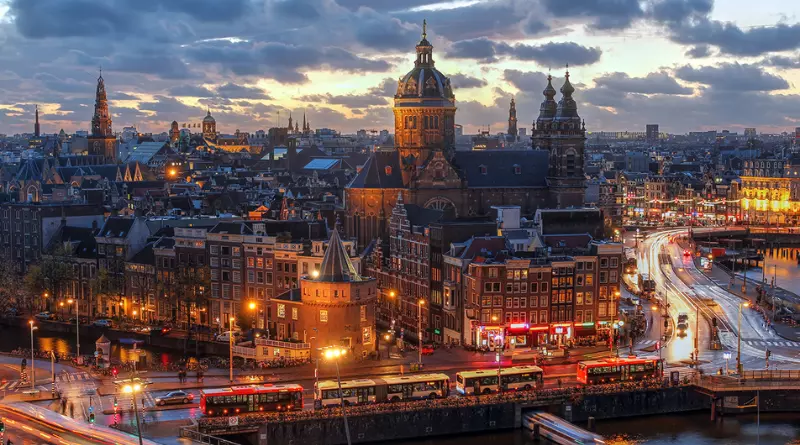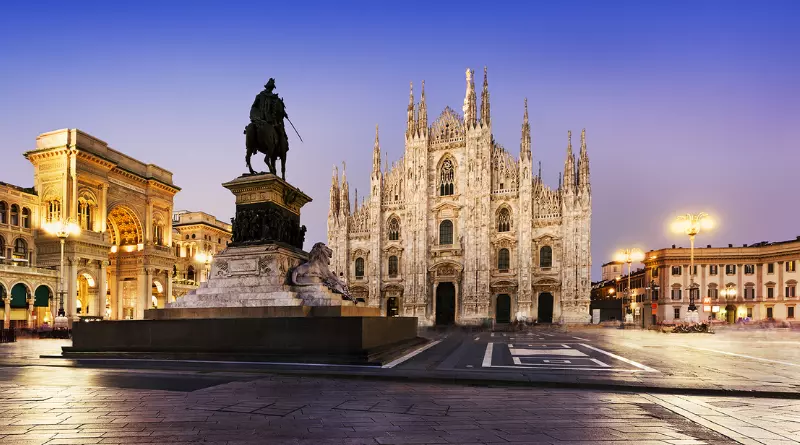Discover the Top 5 Hotels in Amsterdam, Netherlands

Amsterdam attracts millions of visitors every year, and it’s not hard to see why. From its stunning tulips, delightful cheese, and iconic windmills to its relaxed and open-minded atmosphere, Amsterdam offers a unique experience. While the city is known for its coffee shops and the famous Red Light District, it also captivates with its beautiful Golden Age homes, picturesque canals (even more than Venice!), and rich history. Once you’ve decided on the attractions you want to explore, you can focus on finding the perfect accommodation in Amsterdam. Check out the full article by NeonPolice to discover the best hotels in Amsterdam and the city center, ensuring a memorable stay in this extraordinary city.
Top Hotels in Amsterdam
1.Centrum
If you’re a first-time visitor to Amsterdam, staying in the historic Old Center (Centrum) is an excellent choice. This central location puts you right in the heart of the city, with most major attractions within walking distance. The Old Center is centered around Dam Square, an area rich in history and picturesque charm. Here, you’ll find a variety of dining options, ancient churches, a craft brewery, coffee shops, and the famous Red Light District. For a fascinating introduction to the area, consider taking a Red Light District Walking Tour. It’s a great way to explore Amsterdam’s oldest neighborhood, learn about its intriguing history, and visit notable landmarks. Staying in Centrum ensures a memorable Amsterdam experience.
2.The Jordaan
The Jordaan neighborhood has transformed from a working-class area to an upscale enclave for artistic professionals. Its cobblestone streets, traditional gabled buildings, and scenic canals create a charming atmosphere. The Jordaan is home to art galleries, sidewalk cafes, and trendy boutiques, making it a vibrant and lively place to stay. It’s also where you’ll find the renowned Anne Frank House, a must-visit attraction in Amsterdam. Consider taking an Anne Frank tour that takes you through the Jewish Quarter, providing insights into Anne Frank’s extraordinary life. The Jordaan is located between Prinsengracht and Lijnbaansgracht, extending from Brouwersgracht to Leidsegracht. With its rich history and artistic ambiance, the Jordaan is undoubtedly one of the best neighborhoods in Amsterdam for a memorable stay.
3.Museum District / Oud-Zuid
Amsterdam’s Museum District, also known as Oud-Zuid, is a sophisticated and affluent area. It is home to world-renowned cultural institutions, beautiful parks, and a lively entertainment plaza. Surrounding Leidseplein, you’ll find a plethora of pubs, restaurants, nightclubs, and hotels. The iconic Museum Square houses the Rijksmuseum, Van Gogh Museum, Stedelijk Museum, and other smaller galleries. Additionally, the renowned Concertgebouw is located in this district. For an immersive experience, consider booking a guided tour of the Van Gogh Museum to gain insights into the artist’s life and work. Despite being an upscale area, the Museum District offers a fantastic location to stay, even for those on a budget. Tram 2 runs from Central Station to Museumplein, passing by notable buildings, squares, and shopping centers. Tram 1 continues to Leidseplein, while Tram 5 takes you to the Rijksmuseum. Buses 170 and 172 also stop at Leidseplein.
4.The Oud-West
Adjacent to the Jordaan neighborhood, the Oud-West has evolved through urbanization and gentrification. It has become a cosmopolitan blend of residential areas, featuring a vibrant mix of Moroccan and Turkish stores, cafes, Dutch pubs, and other ethnic eateries. The Oud-West is dotted with architectural gems like the Seven Countries Houses (Zenvenlandenhuizen) and Hollandsche Manege, the oldest equestrian facility in the Netherlands. The district is known for its bustling commercial streets such as Overtoom, Kinkerstraat, and De Clercqstraat, which offer a diverse range of shops and dining options.
5.De Pijp
During the 1960s, De Pijp became a vibrant neighborhood in Amsterdam, attracting students, artists, yuppies, and immigrants from around 150 countries. This area is characterized by its small townhouses originally designed for low-income families. The exact origin of the name “De Pijp” remains uncertain, but it is speculated that it refers to the district’s long and narrow streets that resemble pipes, or possibly the “Pipe,” the gas company that supplied electricity to the region. De Pijp has evolved into a diverse and multicultural melting pot, distinct from the touristy areas of downtown Amsterdam. Along the prominent streets of Albert Cuypstraat and Ferdinand Bolstraat, you’ll find a delightful blend of Syrian, Moroccan, Spanish, Indian, and Surinamese eateries coexisting with Dutch bars, Islamic butchers, and Turkish delicatessens, showcasing the neighborhood’s cultural diversity.
Conclusion
As you plan your next trip with your loved ones, consider these outstanding hotels in Amsterdam.




